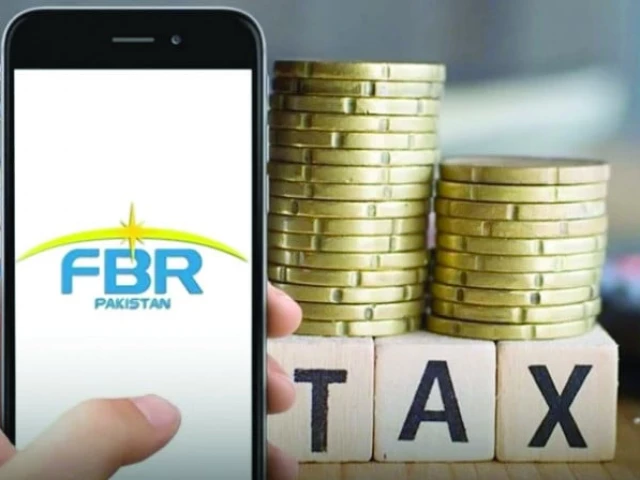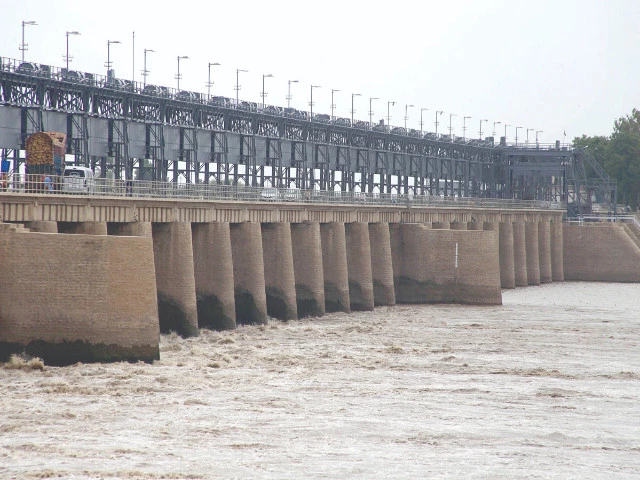Pakistan’s Tax Challenge: Navigating Fiscal Shortfalls and Economic Growth
In recent discussions with the International Monetary Fund (IMF), Pakistan’s tax authorities revealed a significant hurdle: the nation won’t meet its Rs3.1 trillion tax target for this quarter. This news comes amidst rising inflation and a drive to stimulate economic growth through increased imports, particularly solar panels.
The July-September target was projected to be missed by a considerable amount, with estimates suggesting revenue could fall to just under Rs2.95 trillion. This is a stark contrast to last year’s over Rs1.2 trillion shortfall, raising questions about the government’s ability to fulfill its ambitious annual target of Rs14.13 trillion. The IMF has rightfully expressed concern, especially with global economic pressures mounting.
Interestingly, the government remains optimistic. They believe that improving economic activities later in the year, alongside increased solar panel imports, could help recover this shortfall. Tax authorities are even projecting over 3% economic growth this fiscal year, despite heavy rainfall and consequent floods impacting agricultural output. There’s a sense of hope that inflationary pressures might balance some of these losses; however, history suggests cautious optimism.
The Customs Department reported that the reduction in regulatory duties has led to a 16% boost in import tax collections in the first two months. The government also has plans to introduce a 10% sales tax on goods from former FATA regions to further bolster revenue. But with fluctuating energy prices and declining demand for electricity, the outlook remains uncertain.
A notable development was the Prime Minister’s committee formation to reevaluate proposed changes in tax return filings. This move came after the Federal Board of Revenue (FBR) faced backlash for suggesting a new column related to asset valuation, highlighting the delicate balance of tax reform and implementation.
Another critical point of discussion with the IMF was the government’s plan to tackle the staggering Rs1.25 trillion circular debt in the power sector. This debt is being addressed through a combination of loans secured from various banks, aiming to offer consumers some relief by reducing future payment surcharges.
Despite these fiscal challenges, the administration is striving to turn hurdles into opportunities. As they push for structural reforms and aim for a sustainable growth model, it’s vital to stay informed about these developments to better understand how they might affect the economy and consumers alike.
If you’re interested in more insights on economic strategies and fiscal challenges, connect with Pro21st for a deeper exploration. Let’s navigate these complexities together!
At Pro21st, we believe in sharing updates that matter.
Stay connected for more real conversations, fresh insights, and 21st-century perspectives.





